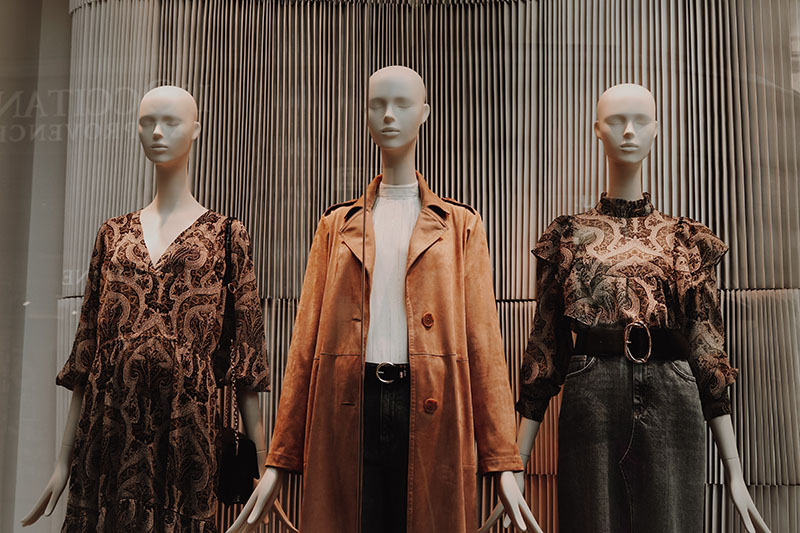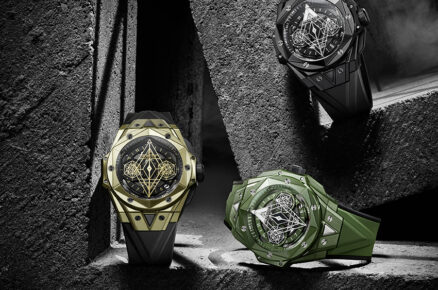What we wear has always revealed our values, persona, and aspirations, regardless of times of turbulence and upheaval that has taken a toll on our lifestyle choices. This year has unarguably been one of the most challenging years in living memory, with countless experts and leaders dedicating themselves to analyzing our current upheaval in order to look for an alternate reinvention. And yet, there are still few better places to examine consumer’s preferences, cultural change, and evolution through fashion. While some of these changes may or may not be permanent, certain tectonic shifts in industries like fashion are inevitable. Maddie Amrutkar, founder of GladUCame believes, if ever there was a time for fashion to reinvent itself, it is now.
THE SHIFT IN MANUFACTURING AND ON-DEMAND FASHION

Fashion on demand is a new trend to watch. While we’ve seen a lot of style personalization options over the years, fashion experts are now seeing a strong push towards size personalization and on-demand manufacturing. New technologies like automation and data analytics are shifting consumer needs to just-in-time production. Many brands are switching to made-to-order production cycles. The result is a reduced level of overstock and less clothing that ends in landfills. Lately, we’ve noticed an increase in the importance of the small-batch production cycles. I think we’re going to see a major shift over the next few years towards on-demand manufacturing so people can go from personalizing the style of existing clothes to making clothes specifically for them on-demand.
SUSTAINABLE FASHION
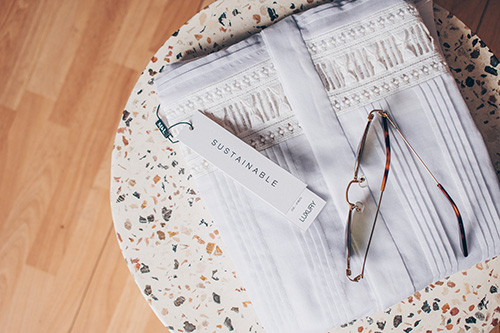
After the COVID-19 pandemic, fashion leaders would be expected to integrate sustainable business models with a unified approach that would factor in environmental, social, and purchasing trends into core thinking. Furthermore, the fashion industry was the second industry that would be severely impacted after the travel industry. However, a positive impact of COVID-19 would be that the carbon footprint would register a fall. Fashion experts and retailers were advised to keep in mind the 4 R’s of sustainability that pertains to reducing, reusing, recycling, and reviving. We were also advised to keep innovating and adopting new technology that is sustainable in nature. Meanwhile, handmade and hand-repaired clothing became de rigueur, with the introduction of the government-backed ‘Make do and mend’ scheme, created to encourage people to revive and repair worn-out clothes.
VIRTUAL REALITY FOR FASHION WEEKS
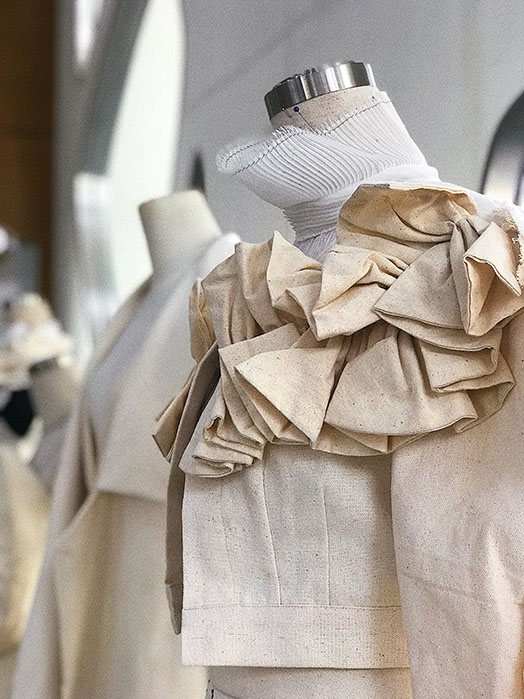
Planning for the next season is no longer business as usual, but small steps are being made. After months in quarantine, fashion houses have returned to work in France, Italy, and India with an urge to rethink everything, most notably the fashion show. People will continue to be creative with clothing that prioritizes protection in physical settings – and with digital garments and filters in digital spaces. While the prospect of attending Lakme Fashion Week in any great number seemed far off this month, but this initiative in terms of the ‘new normal’ is set to stay. Virtual Fashion Weeks is an innovative approach to showcase talents in artforms in the fashion industry. Months of creativity and ideation of top-notch designer’s labels is one such trend that will shape the future of fashion!
THE EMERGENCE OF LOCAL BRANDS
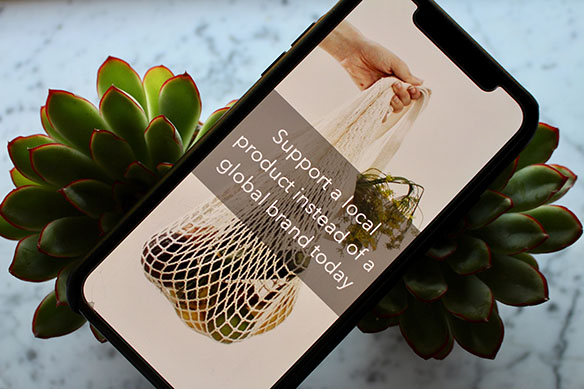
Our Prime Minister, Mr. Narendra Modi’s vision of going #Vocalforlocal would mean buying local products to help reduce the footprints of transportation of goods and raw materials. Moreover, the idea is to focus on adapting to products that grow locally and are naturally occurring. Meanwhile, factors such as quality and durability would also become more important. Therefore, though sustainability is becoming a necessity today, it might turn out to be the trend tomorrow.
EMBARRASSING DIGITAL TECHNOLOGY/ PRESENCE
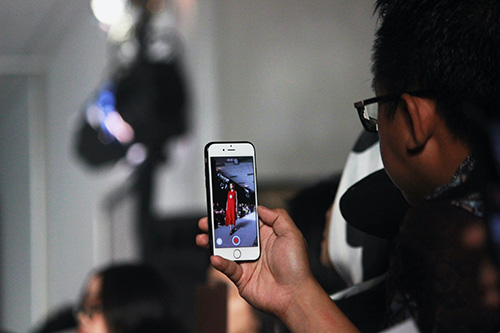
Experts recommend investments in e-commerce in the fashion industry, 3-D design, and consumer data to improve efficiencies, etc. to mitigate crises. In 2020, the pandemic has made many businesses go digital and having a digital presence became a crucial step for them in order to stay relevant to consumers’ needs and market trends. Data-driven inputs of consumers have made it easy for brands to understand consumer analyses and their requirements. Fashion companies must have a compelling value proposition to offer online – the AR/VR experience, lucid designs, personalization, and fashion that is more rooted!
Fashion and an expression of one’s personal style that will remain as an inherent nature of humanity. Although its nuances will change though. Online fashion therapy is rising, and customers are looking for brands that can convey simple stories and connect to their thinking in the post COVID world. In my opinion, it will be a renaissance of personal and futuristic fashion!
This article is authored by Maddie Amrutkar, Founder of GladUCame.


